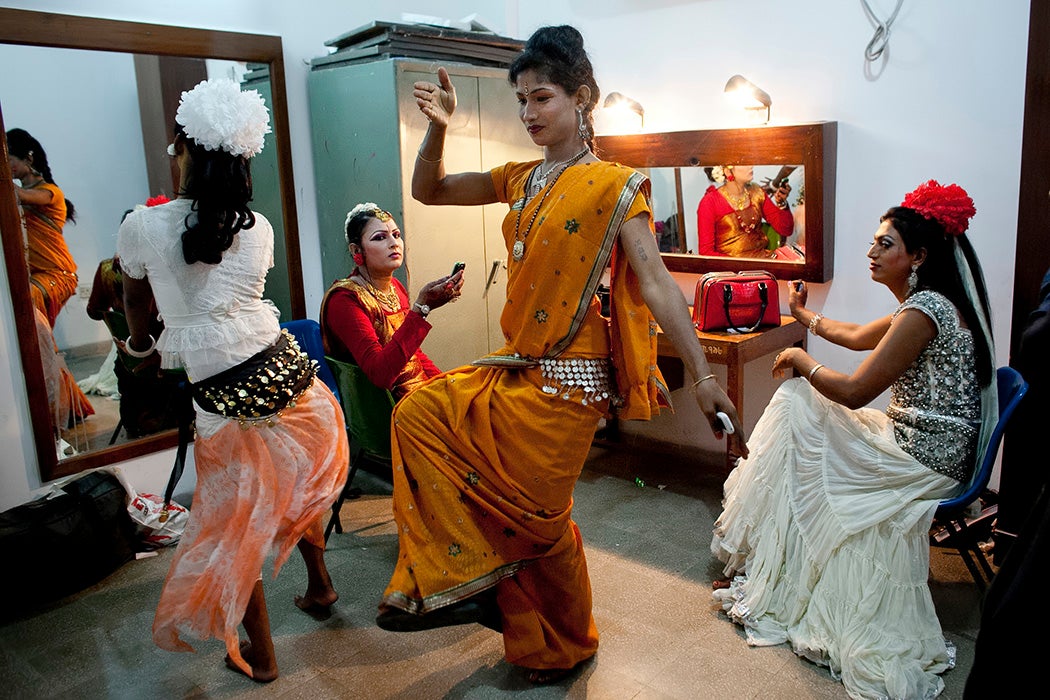How can teachers include gender in a high school history class? As history and education scholar Tadashi Dozono writes, in practice it often means including units or projects about women. But, he writes, this can reinforce the idea of men as the default actors in history and also lead students to believe that all cultures have had the same ideas of binary gender that they see around them.
Dozono describes ways he and his colleagues at a New York City public high school have tried to take a different path. For example, in teaching about pre-Columbian cultures in Latin America, Dozono and a fellow teacher look at muxes, third-gender people of Juchitán, Mexico. The lesson addresses how European colonizers destroyed Indigenous conceptions of gender, and how some in the region have worked to maintain and revive this aspect of their culture.
The classes also consider other nonbinary genders such as hijras in India who dedicate themselves to the goddess Bedhraj Mata. Citing anthropologist Gyatri Reddy, Dozono writes that “hijra” as a term is not necessarily comparable to “man” or “woman.” Instead, it’s an identity that exists within specific religious, economic, political, and social contexts quite different from the ones to which his students are accustomed.
“Teaching about gender and hijras in India then becomes not some one-off lesson, but an opportunity to deepen students’ holistic understanding of how social systems are always intertwined and interdependent,” he writes.
Dozono suggests that a teacher could ask students not just what they understand about hijras but also what they realize they can’t understand. They could then have the students reflect on ways the binary gender system as it exists in their own society might seem strange to someone from a different culture.
These kinds of lessons can help students gain a new perspective on their own cultures, he writes, helping to “make the familiar strange and the strange familiar.” They can shine light on gender categories and rules that we often take for granted.
Weekly Newsletter
Dozono acknowledges that many people want to search history for “a past that legitimizes marginalized peoples in the present.” But it’s impossible to locate a timeless or mythic LGBTQ identity. Instead, he suggests reckoning honestly with the complexity of gender in the past. He points to the example of Queen Hatshepsut, who was depicted in ancient Egyptian sculpture with the beard of a pharaoh—a masculine-gendered symbol of power. Another challenging example is the “sworn virgins” of the Balkans, people born as girls who take on a male identity early in life. Unlike with trans men in the US, this is not understood as a matter of an inherent individual identity but of economic necessity: In a patriarchal culture, someone must take a male role as head of the family.
Ultimately, Dozono concludes, these kinds of history classes should “alienate students in productive ways from what they assume to be natural and universal,” helping to show them “that we live in our own strange times, our own particularity and peculiarity.”







